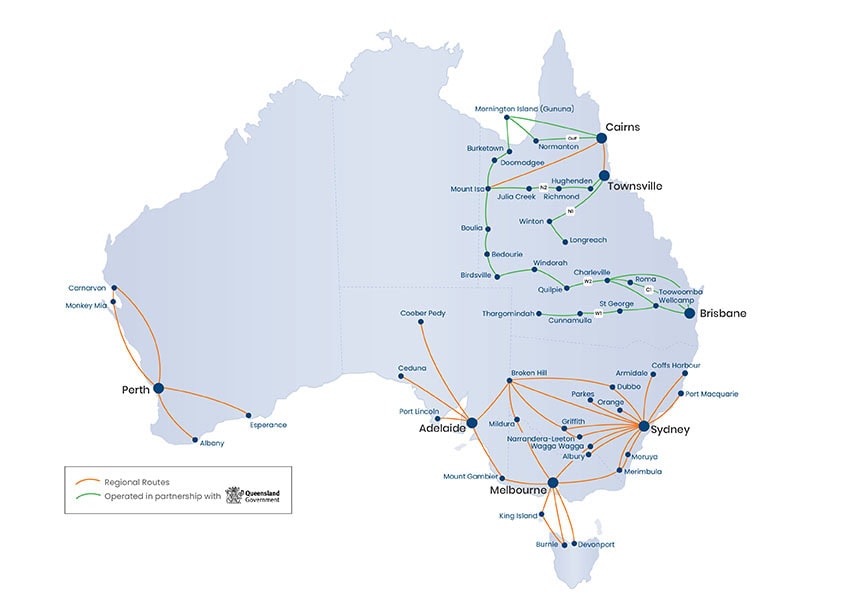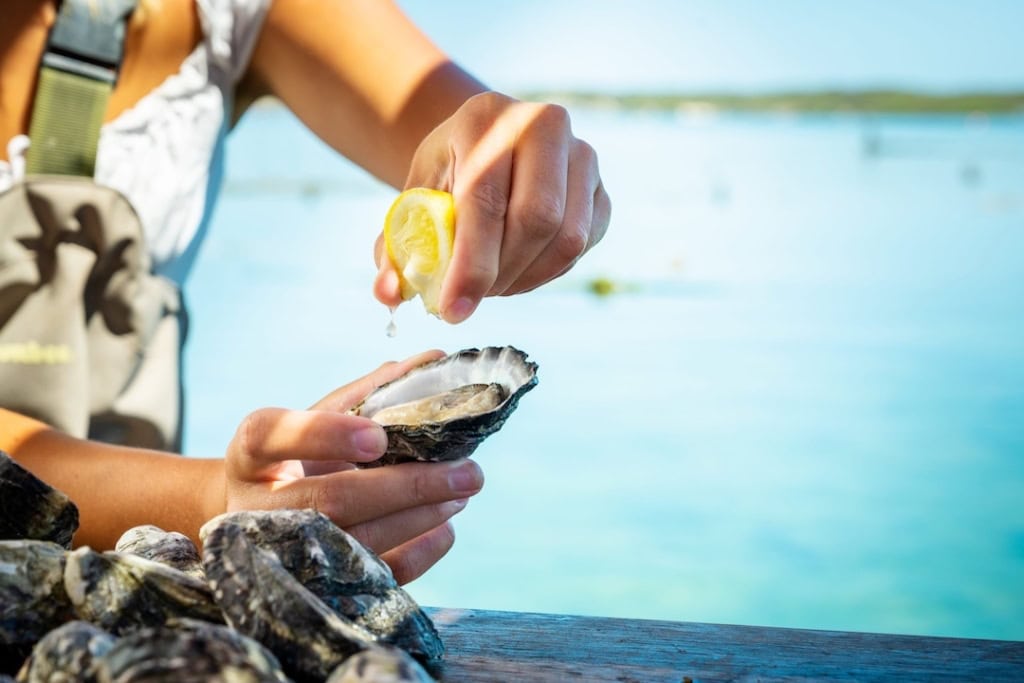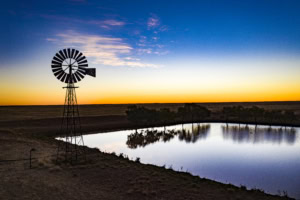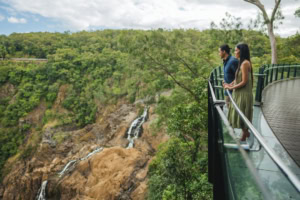Take one glance at any of Australia’s beautiful beaches, mesmerising coastlines and pristine oceans, and you’ll understand why 85% of the country’s population choose to reside within 50 kilometres of the sea.
The residents of Ceduna, a town on the far west coast of South Australia, relish in an enviable coastal lifestyle. Perched on the scenic shores of Murat Bay on the Great Australian Bight, Ceduna is just under 800km from Adelaide; a hefty distance which probably goes a long way in preserving the peace of this seaside town.
This oceanic obsession goes hand-in-hand with Australia’s burgeoning tourism and food industries. As more and more people become fascinated with where their food comes from, recreational and commercial activities collide.
A rising demand for quality Australian seafood
It should be no surprise that dining on seafood and fishing have become key aspects of Australian life. Both result in enjoyable days spent in or near the ocean. Fishery and aquaculture production in the country is now a $3.56 billion industry and continues to grow. It’s a testament to the appetite, globally, for quality Australian seafood. At the forefront of the fishing industry is the Eyre Peninsula region. Whiting, snapper, tuna, crabs, squid and oysters can go from the ocean to your plate on the same day.
The far west coast region of the Eyre Peninsula offers impeccable conditions for aquaculture. Its pristine waters, sheltered bays and upwellings from the Great Australian Bight are perfect for growing oysters. In fact, the seafood here is so good that the fishing aquaculture sectors of the Eyre Peninsula make up over 80% of South Australia’s seafood exports. Southern Bluefin Tuna and oysters make up most of this enormous output.
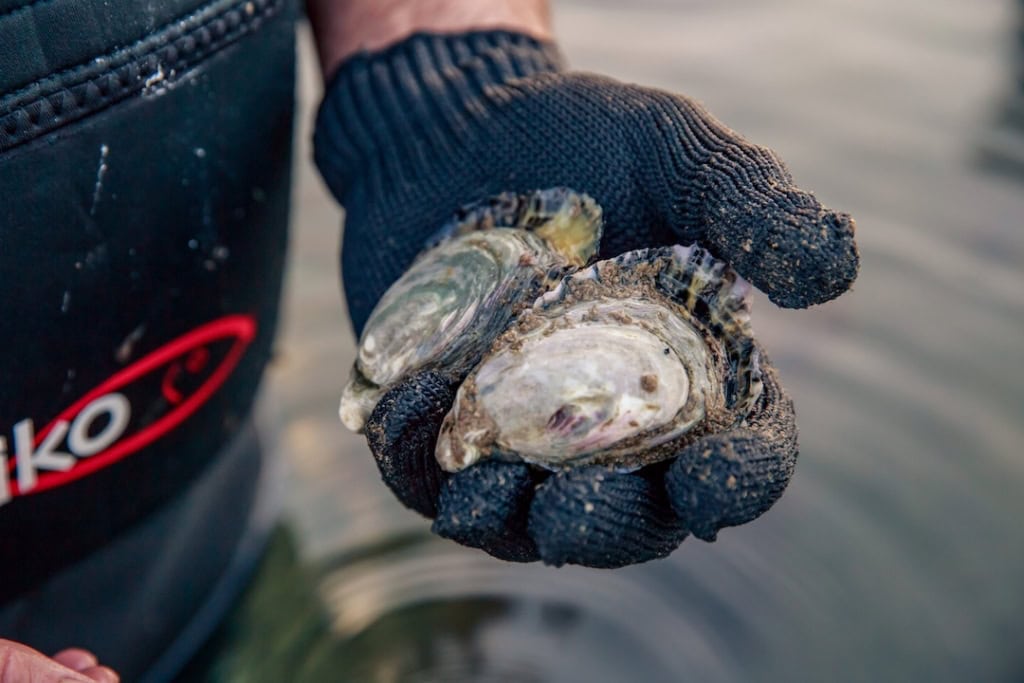
The World is Your Oyster
The districts of Smoky Bay, Denial Bay and Saint Peters Island (just off the coast of Ceduna) are famous for their flavoursome, fresh and juicy oysters due to the pristine waters of the Great Australian Bight. Local oyster grower Bruce Zippel says oysters in the region are unique because of these remarkable conditions.
“There’s no doubt about it, oyster growers in the far west coast of South Australia have some of the most pristine growing conditions in the country,” he says. “Here, oysters are ocean-fed by annual upwellings from the Great Australian Bight and they don’t have any fresh water at all. The salty water is what gives our oysters that sweet ocean flavour.”
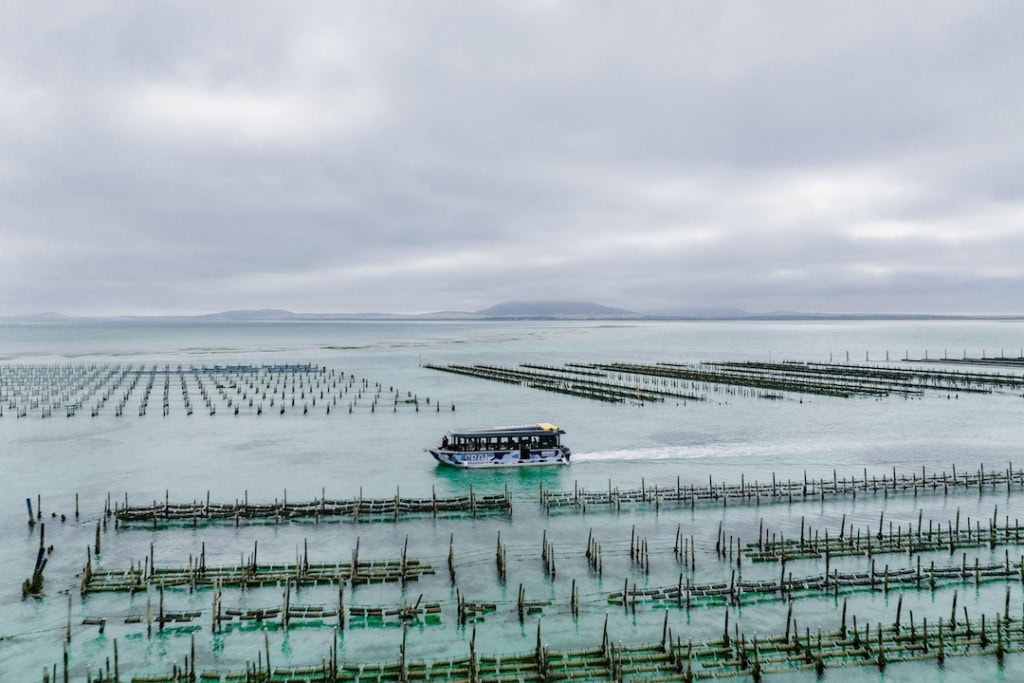
When in full bloom, natural oysters from different growing regions will have variances in taste. Oysters grown in the Smoky Bay region have a distinctive sweet taste. Oysters from the Cowell region – on the eastern Eyre Peninsula – have a saltier flavour.
Bruce Zippel also loves to share his passion for pairing oyster flavours with wine with visitors and locals. “Once you have that first natural oyster you can let the taste sit on your tongue and choose a wine that matches the flavour,” he explains. “Salty oysters will go well with a sweet white wine, whereas sweeter oysters are better matched with a dry white wine. If you prefer something like Oysters Kilpatrick, you can start to experiment with matching red wines to this dish. Natural oysters leave a lingering salt taste on the back of the tongue, which goes perfectly with Sauvignon Blanc. There’s no wrong way to enjoy your oysters however, as long as you enjoy them.”
Celebrating seafood at Ceduna Oysterfest
In Ceduna, oysters are such an integral part of the community that they are celebrated every year. Over the October long weekend, the town hosts the largest event in the region, aptly named Oysterfest. What started as a one-day event in 1991 has grown into a three-day food and wine festival celebrating the seafood culture of the west coast region. The event now features live music, local food and craft stalls, entertainment, art and so much more.
The growing interest in these industries are also apparent in the local schools, where students gain hands-on experience. Ceduna Area School for instance, runs a Farm to Plate program using the school’s aquaculture centre. The programs supplies the Ceduna Foreshore Hotel with fresh local barramundi for its ever-changing menu.
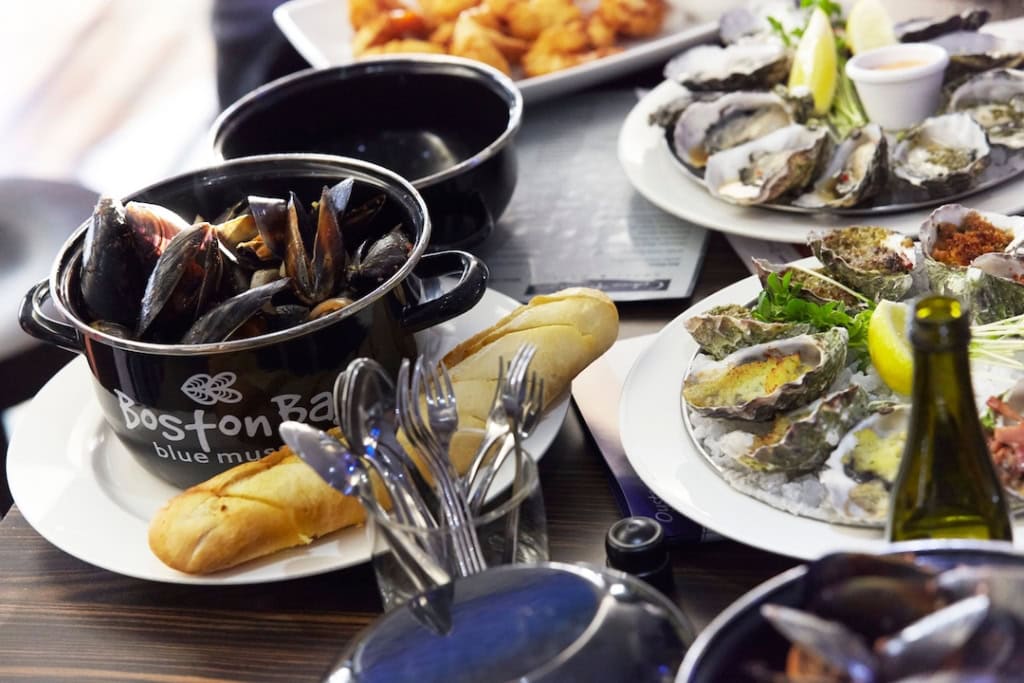
The hotel is right on the water, so keen recreational fishers can experience prime conditions straight from the local jetty. With any luck, you’ll snag some fresh whiting, squid, crab or tommy.
Food lovers can skip the fishing and head straight to the bistro for a fillet of fish or natural oyster. The trip from the ocean to your plate is not far at all when you’re dining in the west coast. Some of the best seafood in the region caught and grown right outside your door. It’s no wonder the food tastes so fresh when you can sit on the Ceduna Foreshore and look out over Murat Bay to where your meal was caught that day.
For more info about Ceduna and Oysterfest, visit cedunatourism.com.au
Travelling to Ceduna
You can fly directly into Ceduna with Rex (Regional Express). Find the latest flight schedule and book your tickets here.
